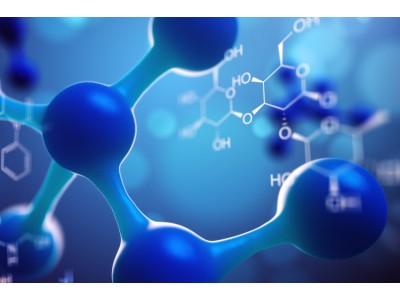| Description | Trimethylamine N-oxide (TMAO) is a colorless amine oxide produced from choline, betaine, and carnitine via intestinal microbial metabolism that accumulates in tissues of marine animals and prevents the protein-damaging effects of urea.Trimethylamine N-oxide induces inflammation through activation of ROS/NLRP3 inflammasomes, which can induce fibroblast differentiation and cardiac fibrosis. |
| In vitro | In vitro, the treatment of fibroblasts with Trimethylamine N-oxide (TMAO) results in an increase in both the size and migration of fibroblasts compared to untreated fibroblasts. TMAO induces an elevation in TGF-β receptor I expression, leading to the phosphorylation of Smad2 and an up-regulation in the expression of α-SMA and collagen I. Concurrently, the ubiquitination of TGF-βRI is decreased in neonatal mouse fibroblasts following Trimethylamine N-oxide treatment. Additionally, Trimethylamine N-oxide inhibits the expression of smurf2 [3].Trimethylamine N-oxide is commonly found in the tissues of various marine organisms, where it serves as a protective factor against the adverse effects of temperature, salinity, high urea, and hydrostatic pressure [2]. |
| In vivo | Trimethylamine N-oxide 可用于动物模型中,以建立心脏纤维化模型。 |
| molecular weight | 75.11 |
| Molecular formula | C3H9NO |
| CAS | 1184-78-7 |
| Storage | Powder: -20°C for 3 years | In solvent: -80°C for 1 year |
| Solubility | DMSO: 10 mg/mL (133.14 mM), Sonication is recommended. H2O: 10 mg/mL (133.14 mM), Sonication is recommended. |
| References | 1. Wei Shuai, et al. High-choline Diet Exacerbates Cardiac Dysfunction, Fibrosis, and Inflammation in a Mouse Model of Heart Failure With Preserved Ejection Fraction. J Card Fail. 2020 May 14;S1071-9164(19)31802-0. 2. Manuel T Velasquez, et al. Trimethylamine N-Oxide: The Good, the Bad and the Unknown. Toxins (Basel). 2016 Nov 8;8(11):326. 3. Wenlong Yang, et al. Gut Microbe-Derived Metabolite Trimethylamine N-oxide Accelerates Fibroblast-Myofibroblast Differentiation and Induces Cardiac Fibrosis. J Mol Cell Cardiol. 2019 Sep;134:119-130. |
